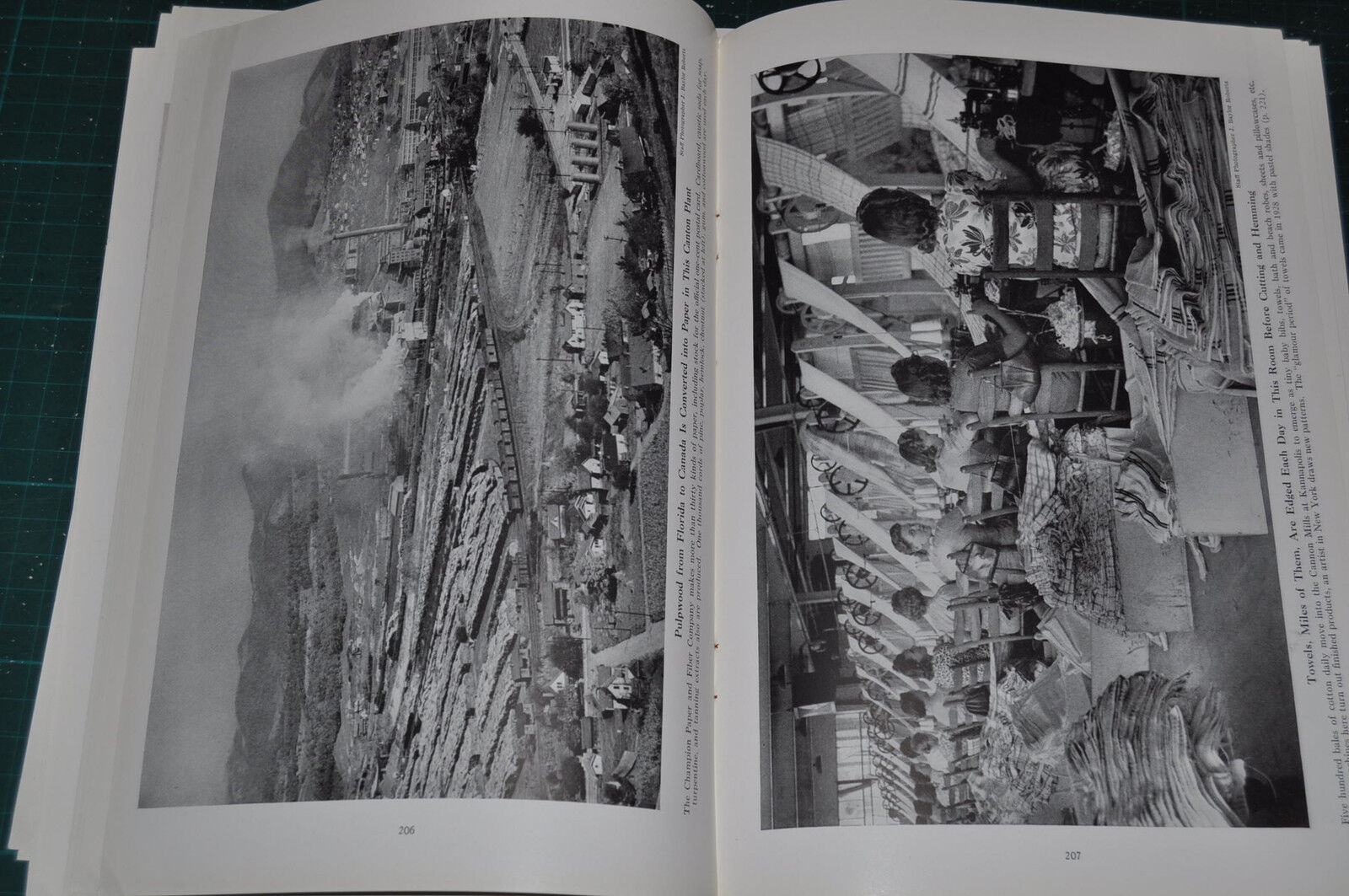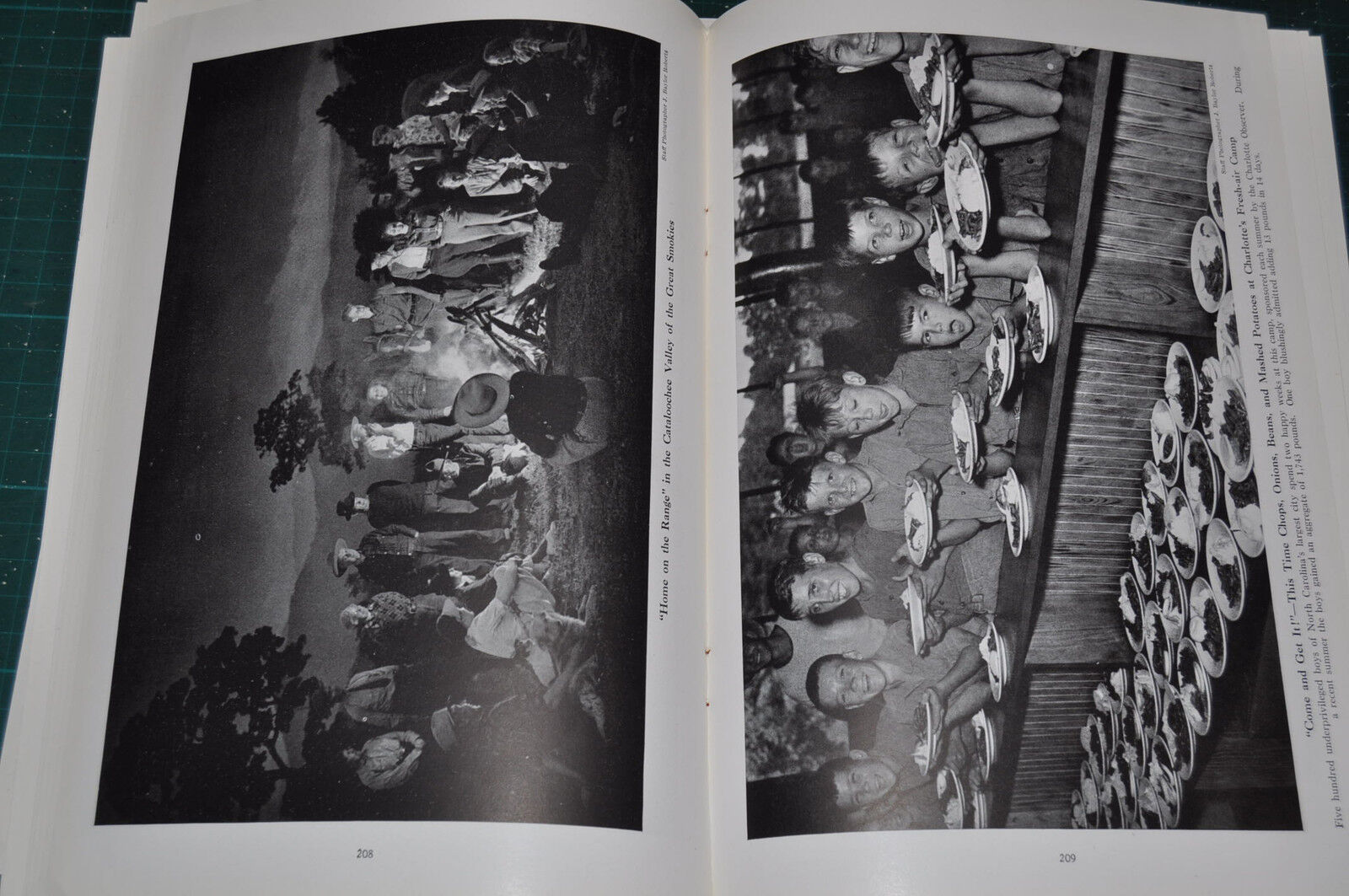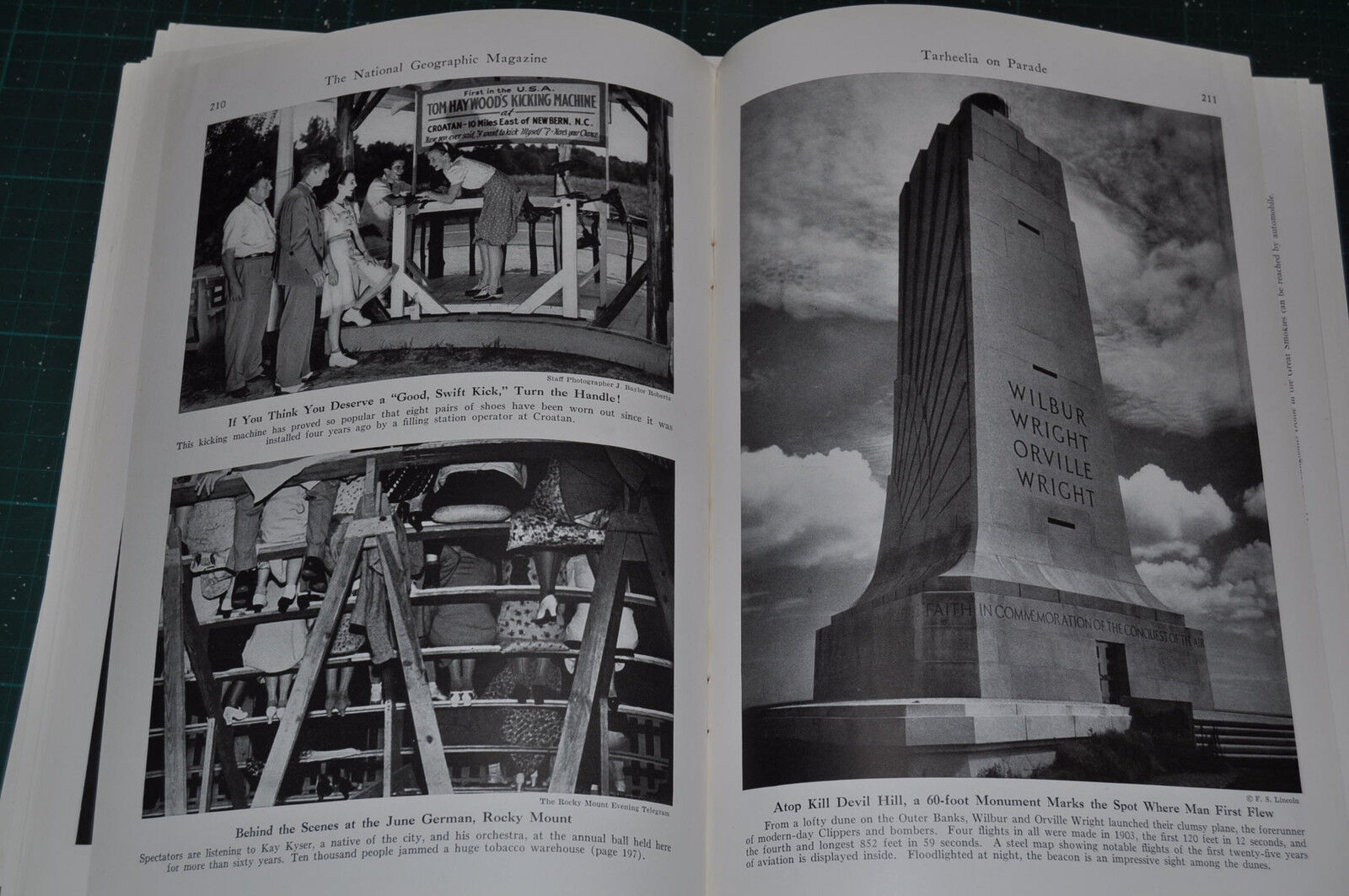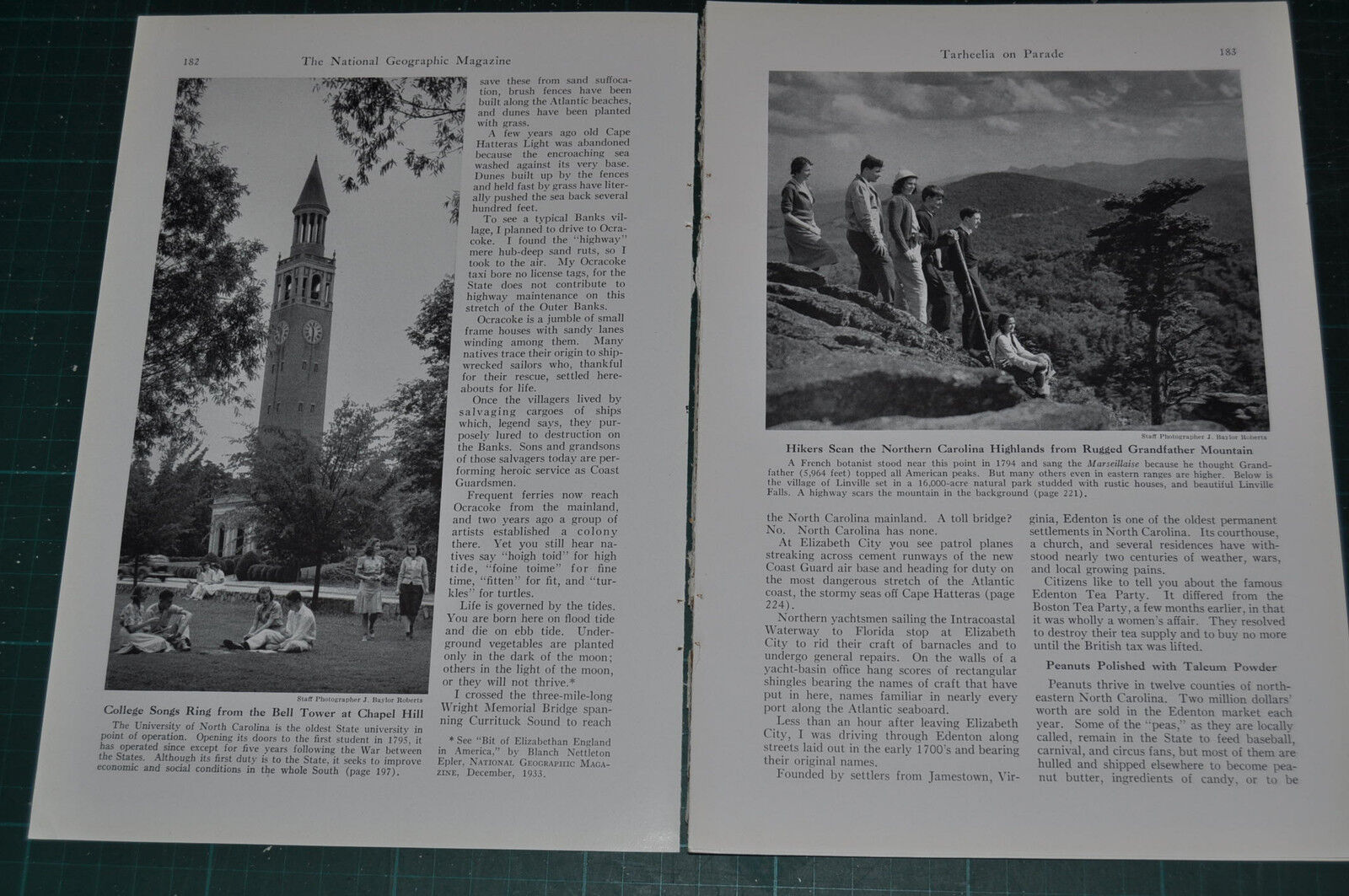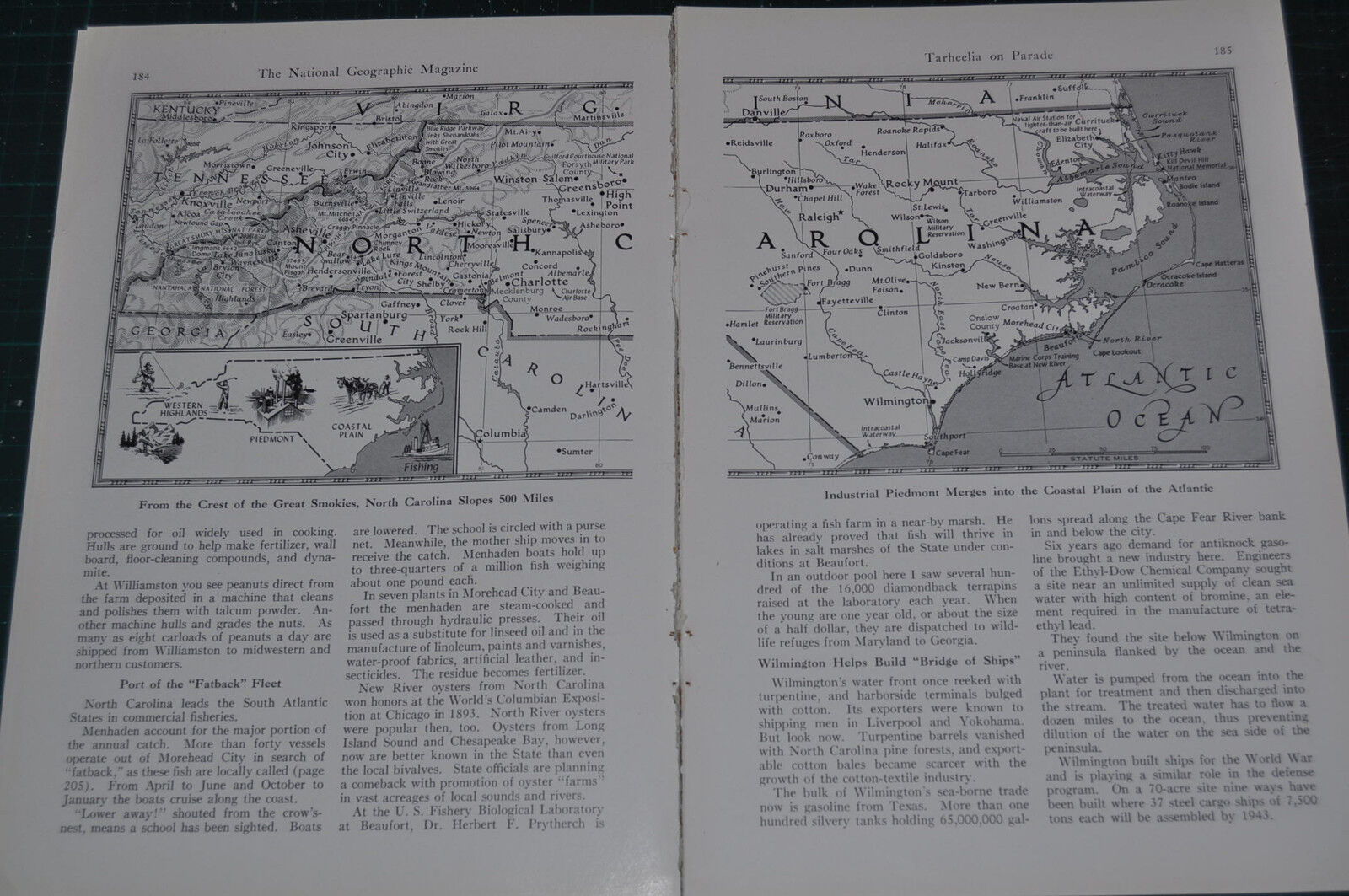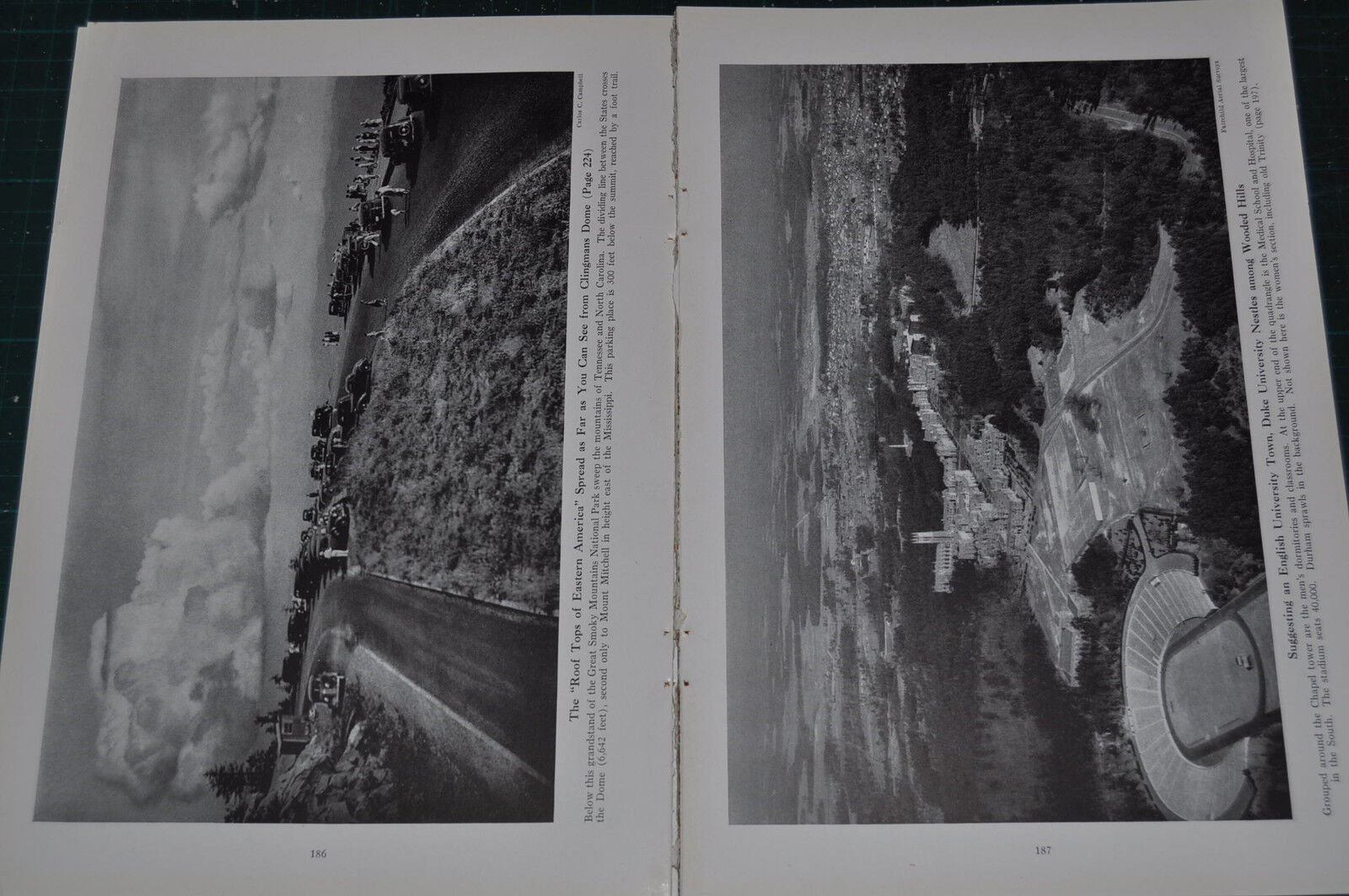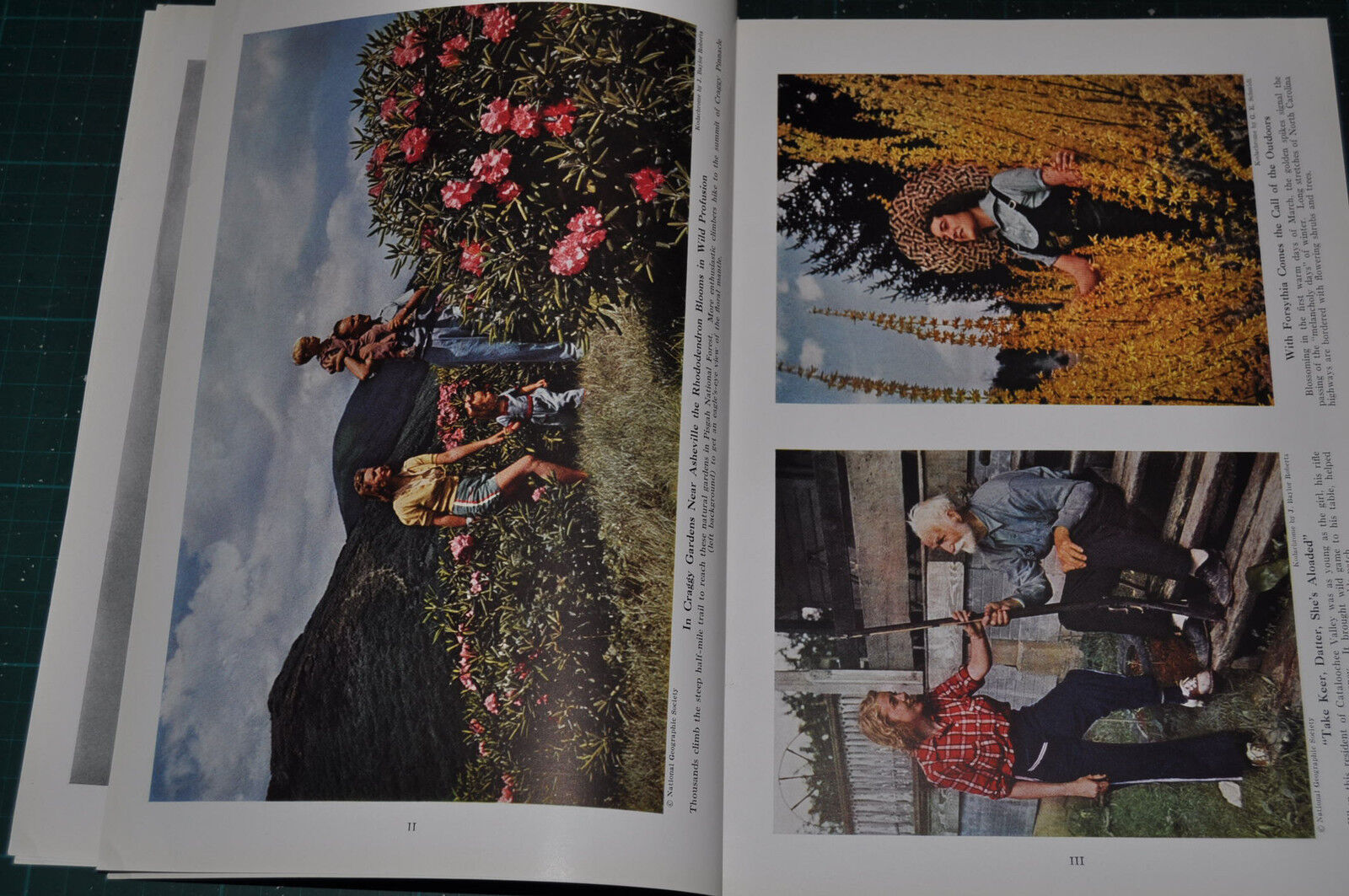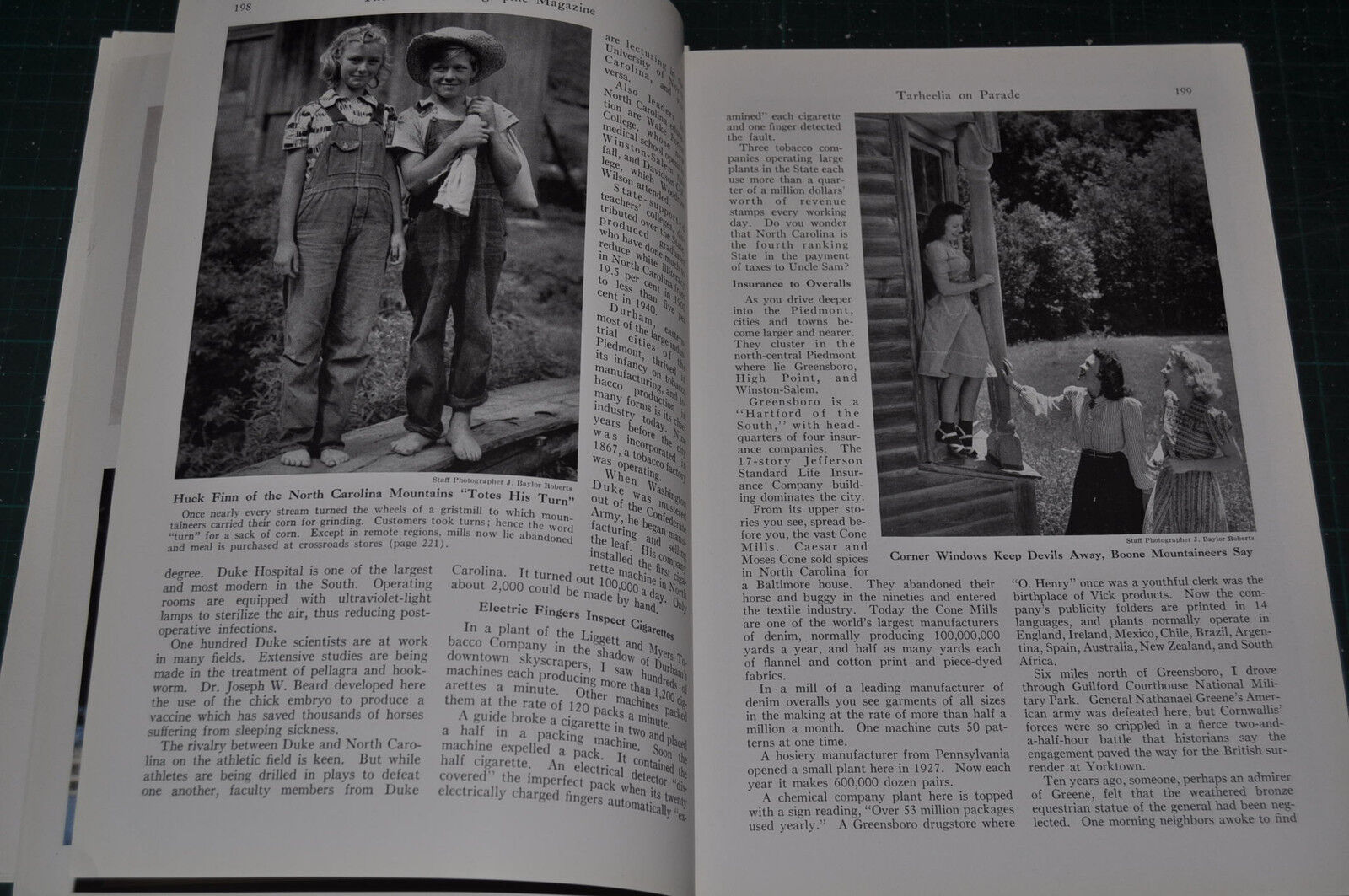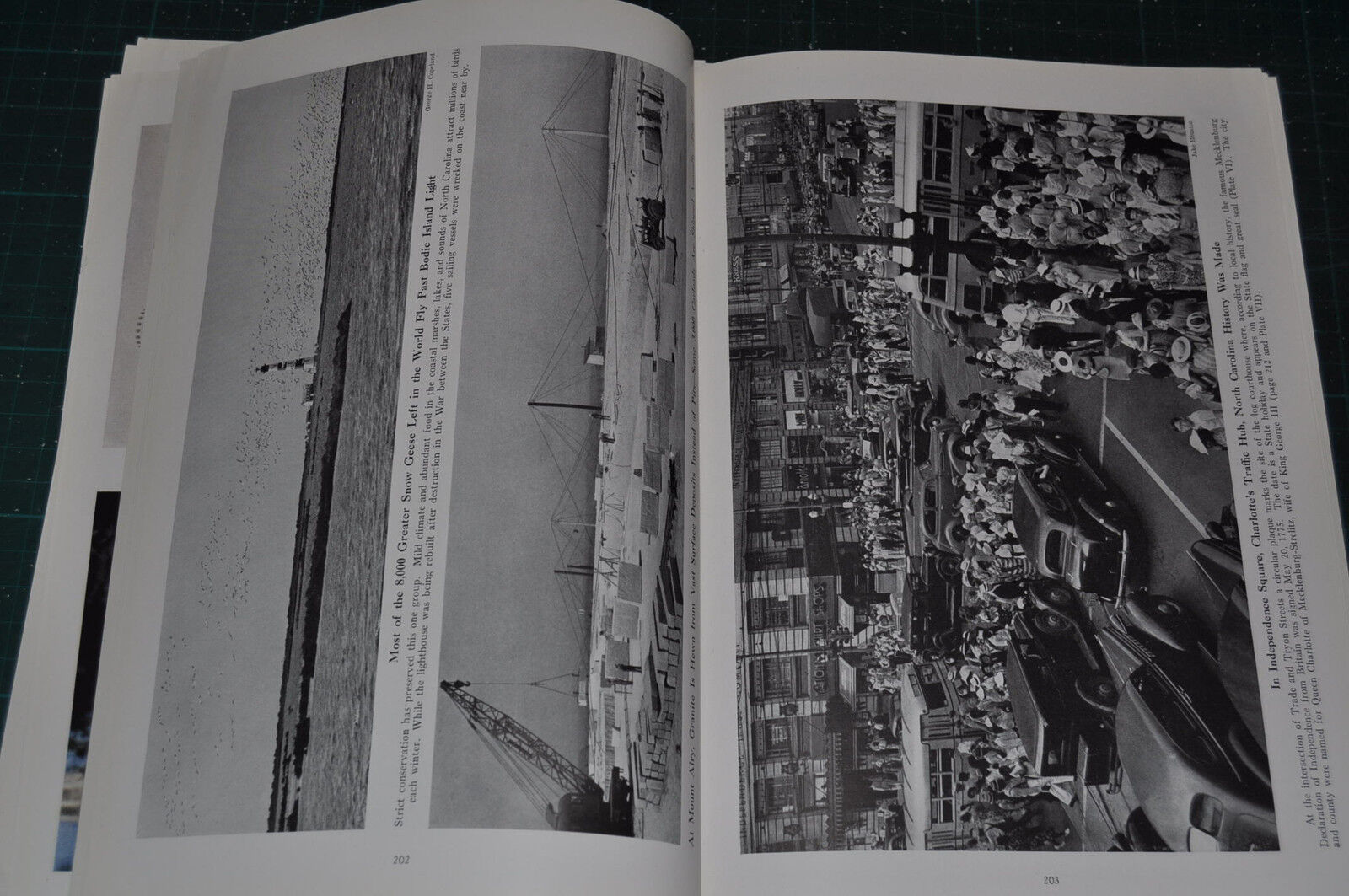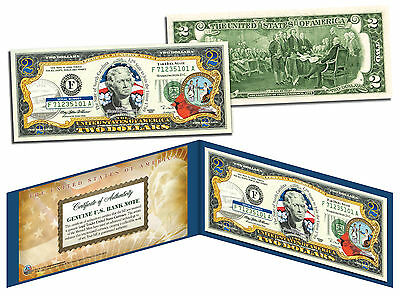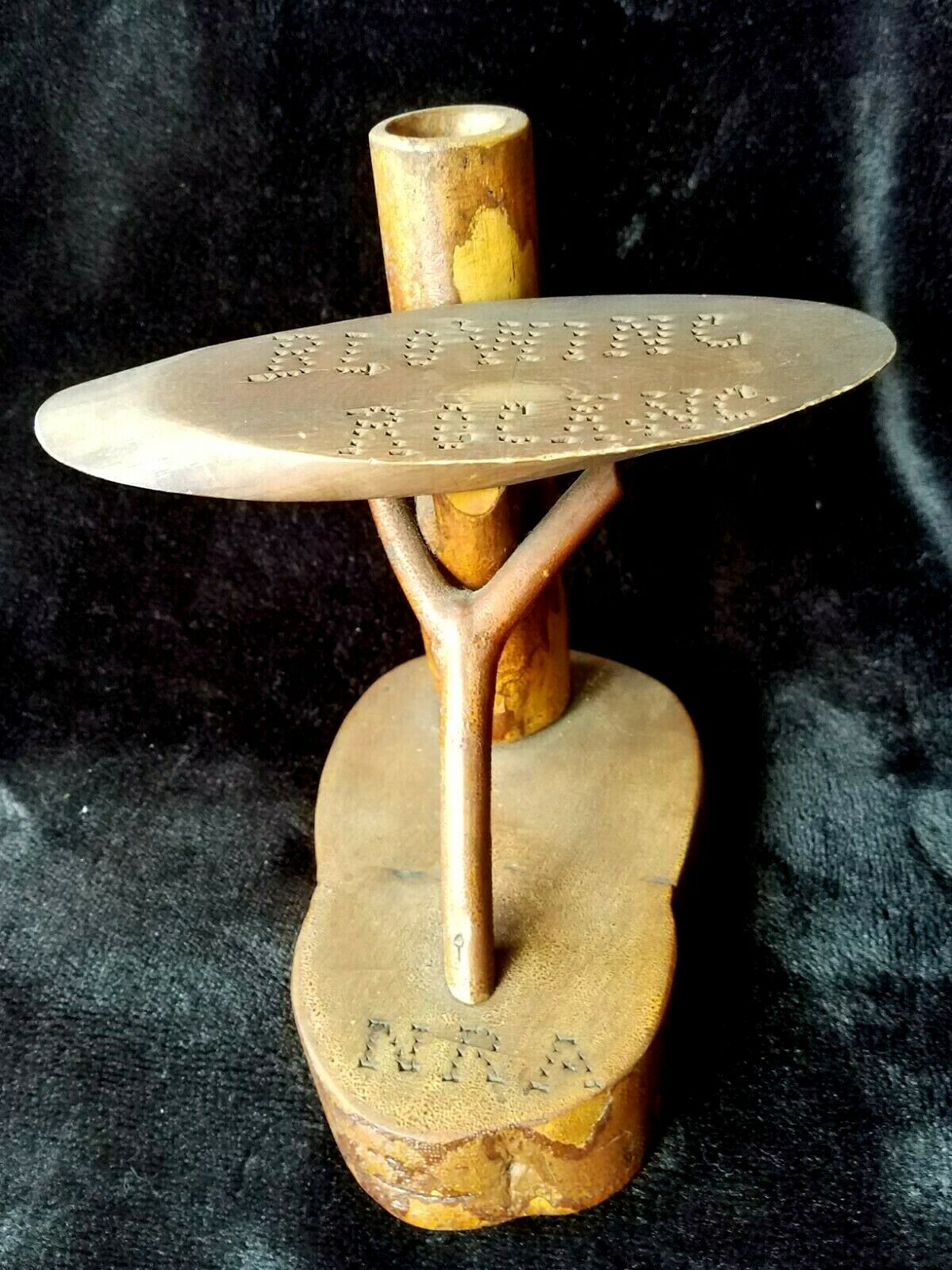-40%
1941 magazine article about NORTH CAROLINA, people, history, etc color photos
$ 4.55
- Description
- Size Guide
Description
Selling is a 1941 magazine article about:NORTH CAROLINA
Title: Tarheelia on Parade
Author: Leonard C. Roy
Subtitled "Versatile and Vibrant, North Carolina in a Generation Has Climbed New Economic Heights”
Quoting the first page “North Carolina is a land of amazing variety.
Look at its map. One end is washed by the Atlantic Ocean. The other meets Tennessee amid the highest mountain peaks east of the Mississippi River.
Between these extremes the State falls into three natural divisions: the level Coastal Plain of rich farmland, the gently rolling hills of the Piedmont where swift streams form the basis of great industrial development, and the Western Highlands, so long a mountain playground and health resort.
Life in these divisions is as varied as their topography.
The flavor of the Old South prevails on the Coastal Plain. Venerable plantation mansions recall gay gatherings of "before the war" beaux and belles. Invited to dinner, you may be served with country ham, chitterlings, diamondback terrapin, wild duck in season, a choice of fresh-caught fish, barbecued pork, or chicken; or "fish muddle" (a fish stew), turnip greens, and "dodgers" (corn-meal dumplings) cooked in "pot likker." On village streets "cousin," "uncle," and "aunt" are often used without regard for kinship.
In the Piedmont speech and step are livelier. More men work here by the clock than by the sun. Busy factories abound.
The difference stems partly from pioneer days. English and Scottish settlers in the Piedmont lived by the work of their own hands. Germans who migrated from Pennsylvania did the same. The plantation system never developed in the Piedmont on a large scale.
Isolation bred a distinct type of North Carolinian in the Western Highlands. Remote from government and with their nearest neighbors often several miles away, the highlanders became self-sufficient and independent, even suspicious of strangers. Slavery meant nothing to them. Many were Union sympathizers during the War between the States.
After Appomattox, education and industry were hard hit. Not until the eighties did reconstruction really get under way. Homespun then was giving way to "store cloth," cloth of North Carolina cotton woven in New England and returned to the State for sale. Here were cotton, abundant water power, and a market, men observed. New mills were built, and more and more cotton remained here.
The big move forward in North Carolina, however, started only a generation ago when huge power plants elbowed mills from stream banks in the Piedmont. Industries no longer required direct water power. They could be operated as far away as wires could deliver electric current.
Then came good roads in the early twenties to lend vigor to the industrial rally. Gone were the days of dusty lanes and mud ruts. In a few years North Carolina ranked high in the Nation in road building. Today hard-surface highways link every county seat of the 100 counties that make the State resemble a huge jigsaw puzzle.
I chose romantic Roanoke Island, scene of the first white settlement in North Carolina, as the starting point of my 10,000-mile tour of the State.
Roanoke nestles behind the Outer Banks, the chain of sand-swept islands paralleling the North Carolina coast. In slightly more than a ecade, it has moved from the oxcart to the automobile age. At Manteo staff photographer J. Baylor Roberts sought in vain an ox-drawn cart to photograph amid the maze of automobile traffic in the town's busy shopping center.
Along with rubber tires has come concrete street paving to replace crushed oystershells as a top dressing. The old rambling general stores, where you can still buy things from hairpins to harness, now vie with modern specialty shops.
The Virginia Dare Trail on the Outer Banks has made the island accessible since 1931 to fishermen and hunters seeking sport in the near-by sounds, sea, and marshes.
But
The Lost Colony
, colorful pageant by Paul Green, native of North Carolina, of the fate of Sir Walter Raleigh's colonists here, has been Roanoke's chief lure since the summer of 1937.
Old residents recall that the Outer Banks once were covered with forests. Today trees survive only on the inner, or Sound side. To…"
7” x 10”, 44 pages, 24 B&W & 21 color photos
These are pages from an actual 1941 magazine. No reprints or copies.
41H2
Please note the flat-rate shipping for my magazine articles. Please see my other auctions and store items for more old articles, advertising pages and non-fiction books.
Click Here To Visit My eBay Store: busybeas books and ads
Thousands of advertisement pages and old articles
Anything I find that looks interesting!
Please see my other auctions for more
goodies, books and magazines.
I’ll combine wins to save on postage.
Thanks For Looking!
Luke 12: 15
Note to
CANADIAN
purchasers:
Since 2007 I've only been charging 5% GST on purchases. Thanks to a recent CRA audit I must change to the full GST/HST charge. Different provinces have different rates, though most are just 5%. My GST/HST number is 84416 2784 RT0001

